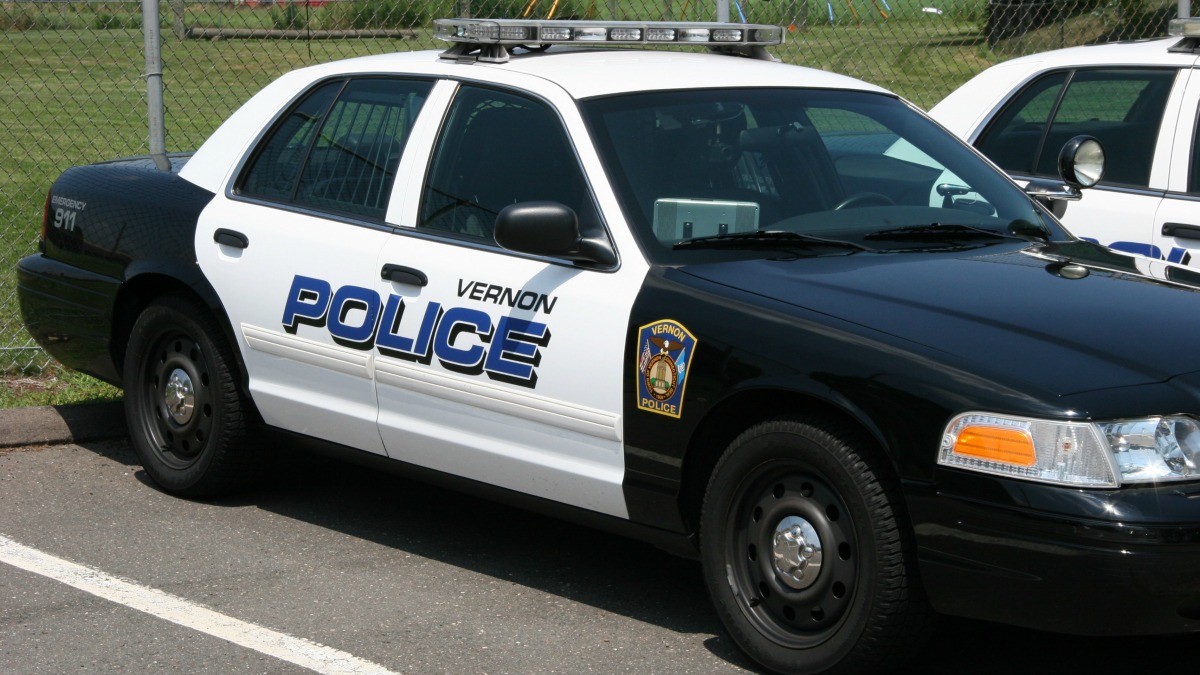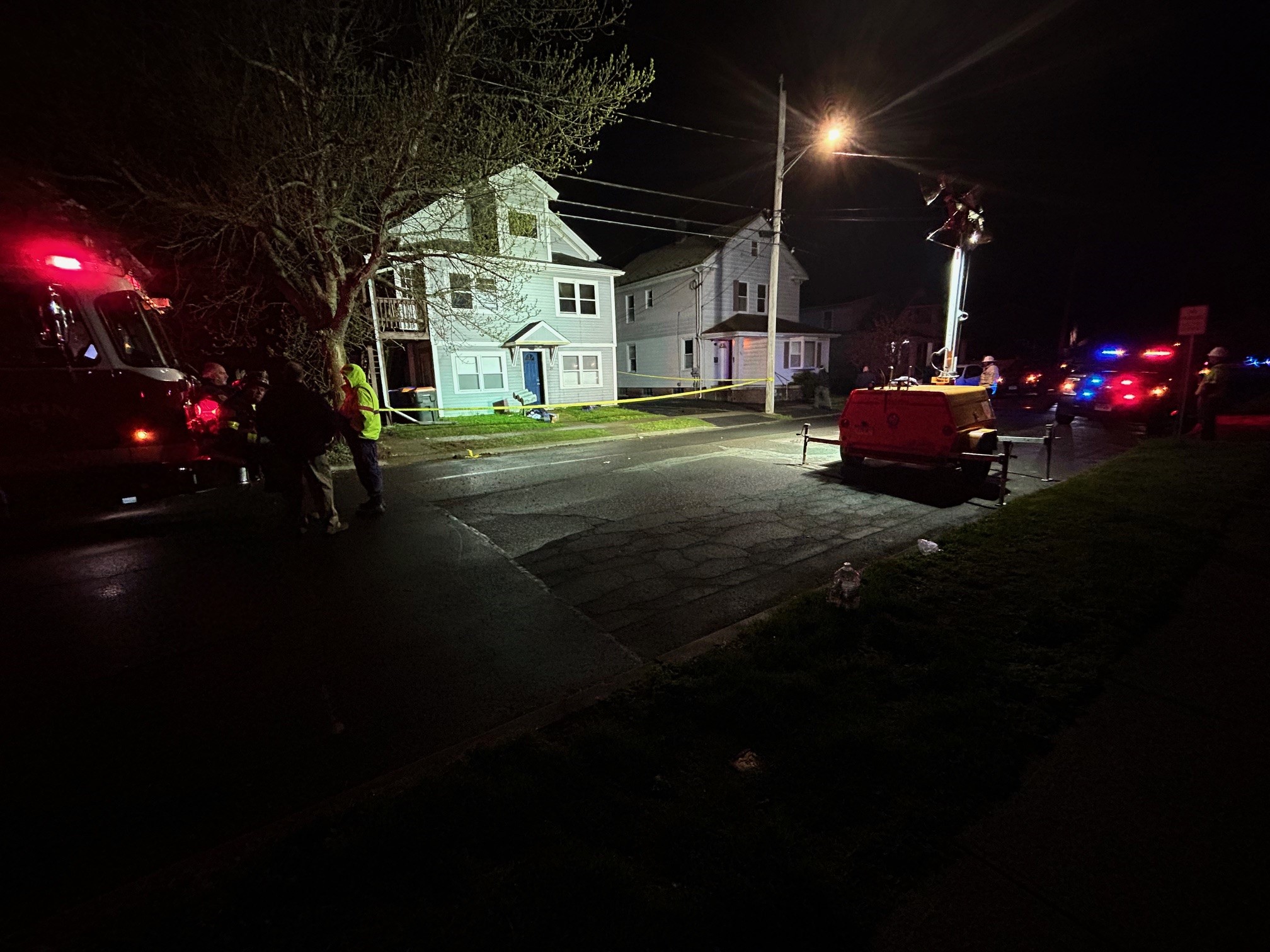The new bioscience building on Route 34 in New Haven will stand in sharp contrast to the historical practice of redlining, which paved the way for the highway back in 1959.
The practice was a tool of systematic racism, according to Ward 3 Alder Ron Hurt. He says back in the 1930s the Hill neighborhood was marked hazardous and declining.
“After the redlining maps the Oak Street neighborhood was destroyed which further separated the Hill from downtown,” Hurt said.
Nearly 900 homes and 350 businesses were destroyed for the highway that was named the Oak Street Connector and was planned to continue through New Haven into suburban towns.
Get Connecticut local news, weather forecasts and entertainment stories to your inbox. Sign up for NBC Connecticut newsletters.
“That put a distance between New Haven and the Hill,” Hurt said, adding the aftereffects are still felt today. The plans for expanding west were eventually abandoned.
“Route 34 became a road to nowhere because of a broken promise. It was the broken promise of urban renewal,” said Sen. Richard Blumenthal. “Today we are fulfilling a broken promise.”
Blumenthal, Hurt, city officials and education leaders broke ground on phase three of the Downtown Crossing Project, which reconnects the Hill to New Haven through several pedestrian bridges over Route 34, and brings in a ten-story bioscience building to the highway.
Local
“That bridge will foster entrepreneurship, it will bring jobs to new haven, it will create enthusiasm and interest around innovation,” said Peter Salovey, president of Yale University.
The building will house the university’s Wu Tsai Institute which will study human cognition. Other building tenants will offer programs and partnerships for local colleges.
“Southern is excited about this project because it provides two things: access and opportunity. And those two words have been key to our social justice mission at Southern,” said Joe Bertolino, president of Southern Connecticut State University.
The company and colleges will also allow New Haven Public School students to have access to work in labs and learn from leaders in innovation.
“The fact that there’s a very close integration with Southern Connecticut, Gateway, and New Haven Public Schools provides a pipeline for so many young people to have access to a future that helps them thrive,” said New Haven Mayor Justin Elicker.
Hurt says that it is a big step forward from the past.
“In New Haven we’ve experienced eighty years of segregated development. Neighborhoods like ours have been cut out of opportunities for decades,” Hurt said. “This is going to present to them access to good education, prepare them for the work force, even to get higher education with scholarships and grants.”



